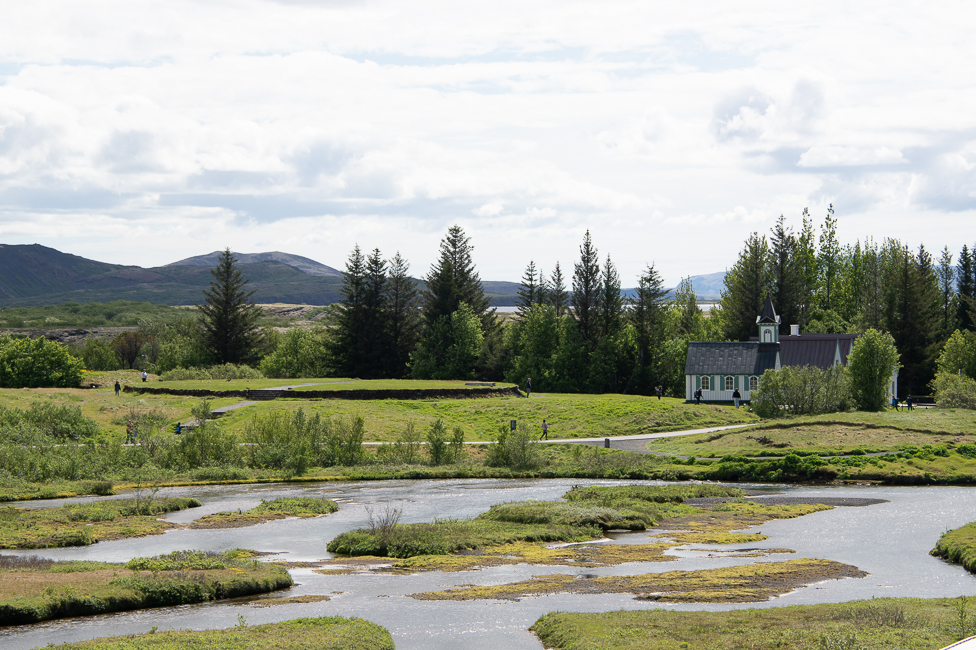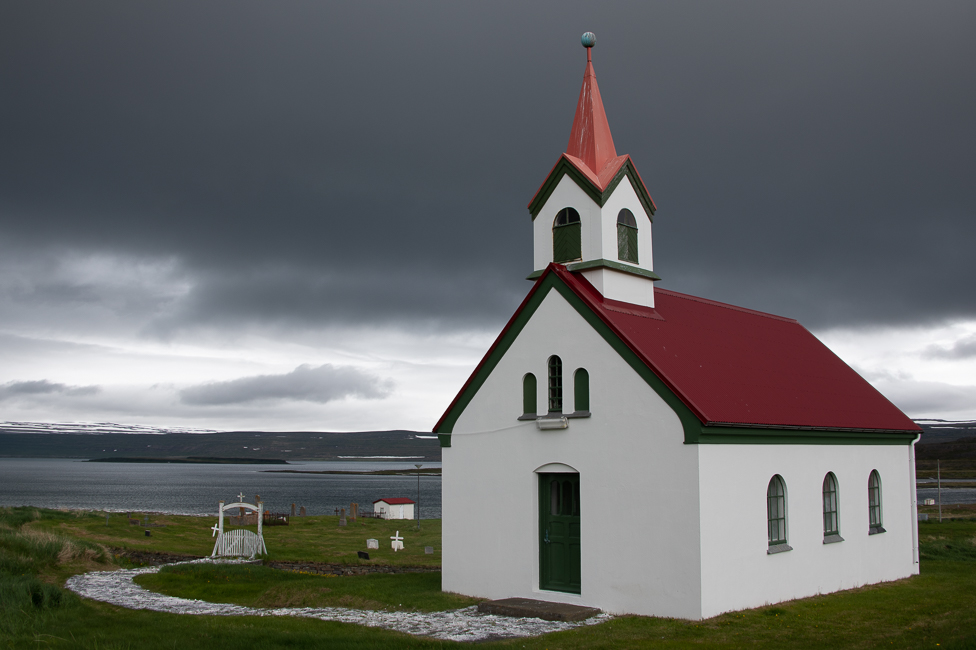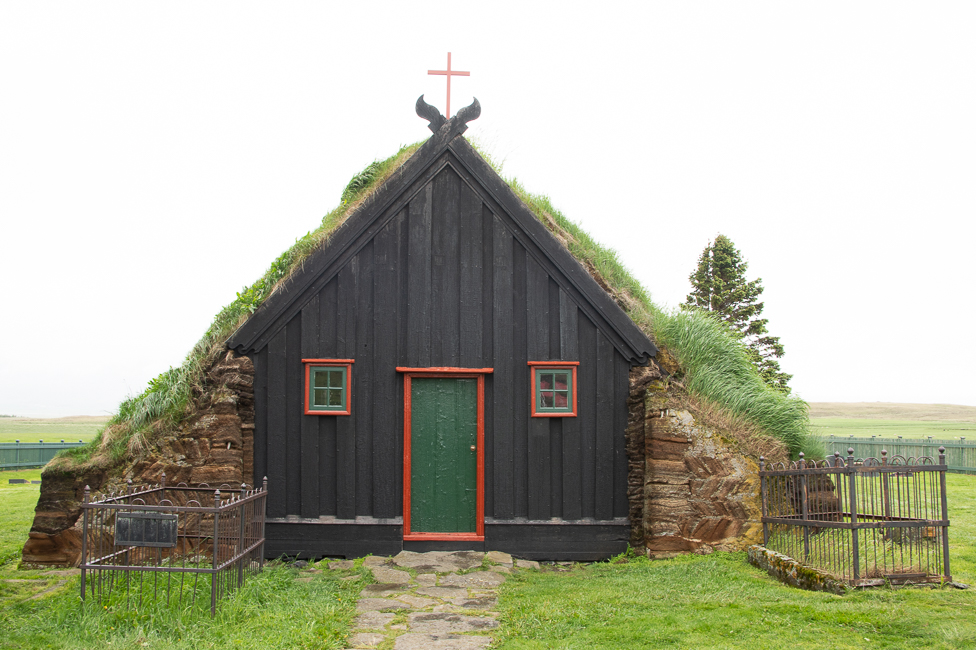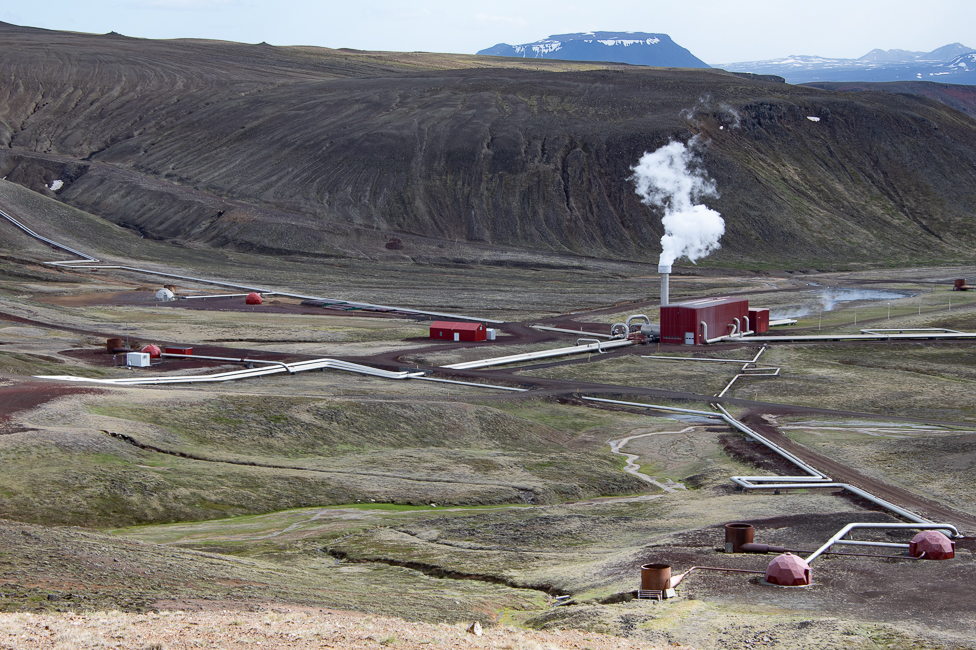June 2022
Discovery
Hrafna-Flóki Vilgerðarsson was the first Norseman to intentionally sail to Iceland. His story is documented in the Landnámabók manuscript; however, the precise year of his arrival is not clear.
It is told that Hrafna-Flóki began his journey with three ravens. At some point he decided to use his ravens to find the land he set out to discover. The first bird he set loose promptly turned around and flew back towards the Faroe Islands, a sign land was still a long ways away. The second raven flew for a while but eventually returned to the ship’s mast. The third raven flew to the northwestern horizon and did not return. Taking this for a sure sign of land, they continued to what is today Reykjavik.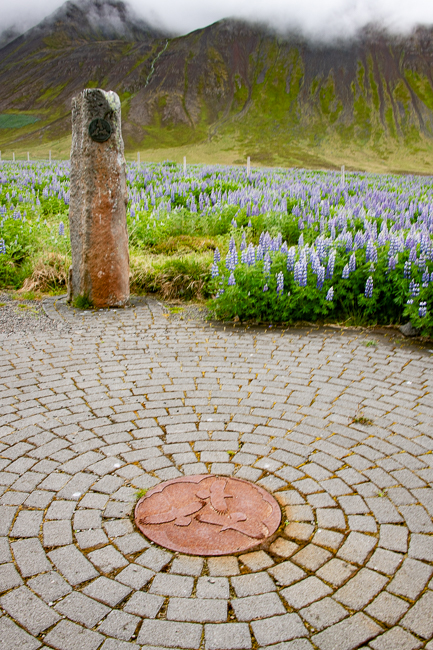
Iceland’s First Parliament
One of the first sites I visited was Thingvellir National Park. It is a geographic wonder, but it is also one of the most important historical places in Iceland. In 930, local chieftains from across Iceland convened here and formed the Alþingi. The Alþingi was formed out of the need to regulate laws, settle disputes, and deal with other administrative issues. This foundational moment placed Iceland on its path towards sovereignty
Religion
There are approximately 350 churches scattered across Iceland, mainly because it once was hard to travel even somewhat short distances due to climate and landscape. In many places poor roads were a hinderance in others there were no roads at all.
Today, due to improved travel conditions many churches stand unused, and yet, Icelanders tend to keep their churches in pristine condition, despite the lack of regular use.
Overall, there are 41 religions in Iceland, including, but hardly limited to Christianity, Islam, Paganism (which follows the the ancient Icelandic mythology of Ásatrú) , Buddhism, and Zuism (another Pagan religion recognized by the Icelandic government).
Ég tala ekki íslensku (I don’t speak Icelandic)
Most everyone you meet in Iceland speaks Icelandic, Danish and English. Why Danish? Iceland was a Norwegian dependency from the Middle Ages and therefore became part of the Kalmar Union and Denmark–Norway, both entities dominated by Denmark. After the dissolution of Denmark–Norway, Iceland became part of the Kingdom of Denmark from 1814 to 1918. Then in 1944 Iceland declared independence.
Danish was taught as the second language in Iceland, and is still compulsory as a third language from seventh grade on.
Fun Facts about Iceland’s Geothermal Industry
- Iceland has a 99.96% renewable energy supply
- Reykjavík, Iceland’s capital has the biggest district heating system in the world
- The Blue Lagoon is entirely powered by geothermal energy
- Iceland has over 600 hot springs and 200 volcanoes
- The hot water is so cheap in Iceland that Icelanders are known for their long showers
- When a space gets too warm Icelanders are more likely to open up a window than to turn down the heat
This is all true with the exception of parts of Westfjords, which are not so fortunate as to have geothermal heating, and they take short showers.
Employment and Tourism
As of 2022, the Icelandic population was just over 376,000. About 86,000 residents (23.7%) were of foreign background.
For this reason the first thing you notice when entering into hotels and restaurants in Iceland is that you are not talking to an Icelander. It was an absolute pleasure speaking with the bar tenders, waiters and front desk staff about their work in Iceland.
Iceland is one of the most tourism dependent countries on earth. In 2019 tourism accounted for more than 33% of the country’s GDP. At the present time Iceland unemployment is 2.5%.
Iceland is experiencing a huge increase in tourism, and, as other countries around the world, the service sector is suffering the most. During Covid, many people left the tourism industry with no intention of coming back, which means the need for foreign employees is rising. The same is true with the construction industry in Iceland. Nearly 500 foreign construction workers are registered as employed in Iceland, and that is increasing by 100 in a month. Much of this is because Iceland has a housing shortage. However, as someone who experienced 100% occupancy at every hotel she checked into, it seems the hotel industry is lacking in rooms as well.
Throughout the country only 24 percent of hotel staff is Icelandic. Poles are the largest group of immigrant workers at hotels, however I met workers from Spain, Israel, Portugal, Slovakia as well as Poland. When speaking to these people they all mentioned that you will never find an Icelander in the industry unless they are high up in management. This was confirmed by my Icelandic taxi driver.
